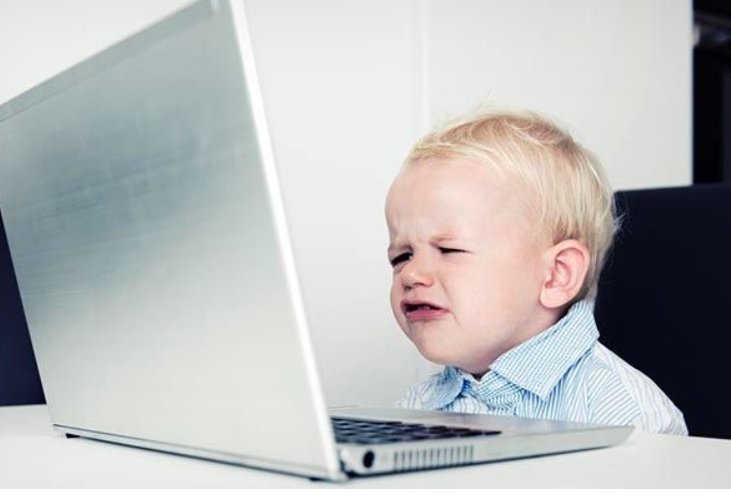
Have you ever been watching TV, and the signal is constantly interrupted? It’s frustrating, and you try everything to get the signal more clear, banging on the remote, banging on the TV, turning it off and on again- basically anything because the glitching and lagging are driving you insane. For this reason, exactly, videos in the classroom need to run smoothly to ensure students are actually learning from them, instead of being distracted by the glitches, speech lagging, or poor jump cuts… etc. In some of my history classes, we would watch short news clips with updates on what was going on in the world. The videos however were always grainy, glitchy, and sometimes wouldn’t even work. If the video doesn’t work, first of all, it’s a waste of time and leaves students just sitting there. Second of all, the poor video quality made it impossible to pay attention to what the news reporter was even saying, and instead, we all just laughed at the funny glitches.
If a teacher wants their students to actually pay attention to the video’s contents, there should be limited issues and good resolution, so that there are no other distractions for the students to get sidetracked on. All I remember from my history class videos are the mistakes in the videos, and I barely remember any of the actual current event stories we watched. It was just a fun time for us to see the video but could have been a great way for us to learn about current events. If teachers ensure that their videos are to the point and of good quality, they can ensure their students are getting the most from them, too.
★ Tip: How to change the quality of a video
https://www.youtube.com/watch?v=ezjGJ_GTBlo
[Image]:
https://newyorkschooltalk.org/2020/09/straight-from-the-trenches-parents-report-what-really-happened-during-nycs-first-days-of-school/

Leave a Reply
You must be logged in to post a comment.